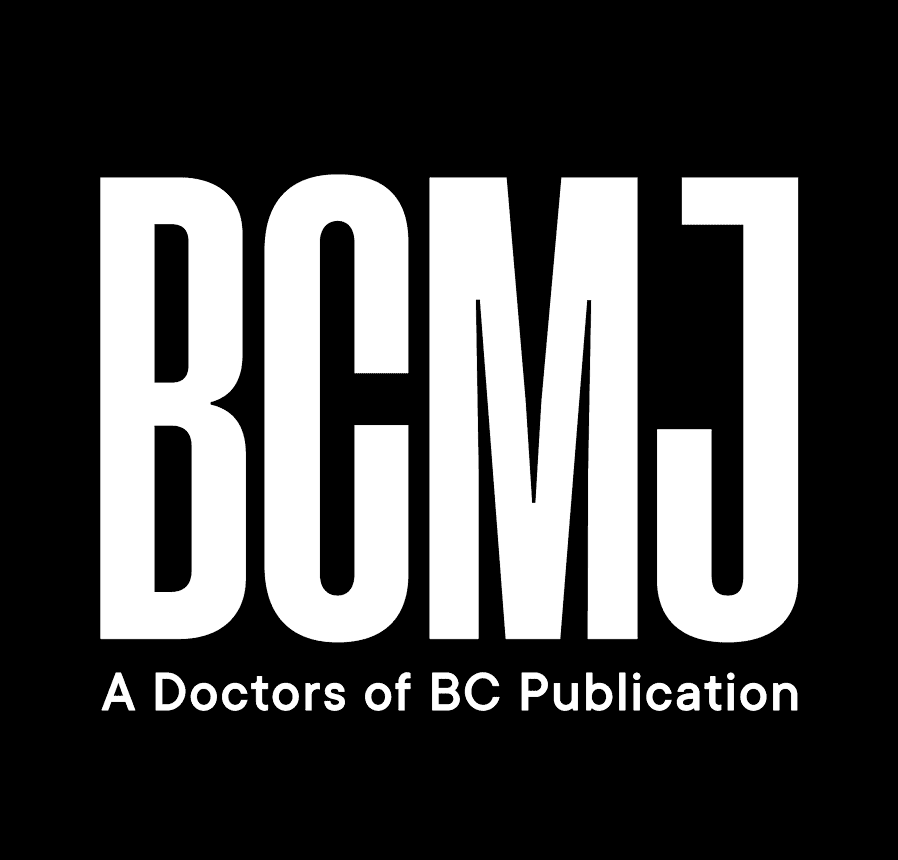Re: Unnecessary dental antibiotic prescribing
The BCCDC article about how to choose wisely when deciding whether to prescribe prophylactic antibiotics prior to dental procedures [BCMJ 2025;67:71-72] left me with a personal quandary: Should I continue my habit of taking a single dose of 2 grams of amoxicillin prior to dental procedures?
According to the article, one does not use prophylactic antibiotics in patients with nonvalvular cardiac or other indwelling devices (such as my pacemaker), only if there is a history of a prosthetic heart valve, a history of infectious endocarditis, cardiac transplant with valvular regurgitation, or certain congenital heart disease scenarios.
A decade ago, I had abdominal surgery, which left me with drains for several months. Six weeks postoperatively, symptoms of septicemia developed. Wound cultures were negative, while blood culture grew Staphylococcus aureus. No primary source for this bacterium could be identified. Eight weeks of IV cloxacillin later, symptoms returned within 24 hours of its cessation.
Positron emission tomography scan for endocarditis was negative, so another 8 weeks of IV cloxacillin was tried, only to be followed by recurrent septicemia symptoms for a third time, when antibiotics were stopped.
Pacemaker and leads were then removed. They grew the Staphylococcus aureus. Finally, after close to 6 months of antibiotics (and negative blood cultures), a new pacemaker and leads were inserted. No bacteremia recurred.
Acute pericarditis developed 8 weeks postinsertion of the new pacemaker and leads. This inflammation started 24 hours after a routine influenza vaccination. It was felt to be unrelated to the bacteremia and responded to anti-inflammatory treatment.
I would be interested to hear what Dr Patrick and his team would do for themselves before dentistry if they had personally undergone this scenario.
—Anthony Walter, MB BCh, retired
Coldstream
This letter was submitted in response to “Physicians are key to reducing unnecessary dental antibiotic prescribing.”
Read the authors’ response in “Re: Unnecessary dental antibiotic prescribing. Authors reply.”
hidden
 |
| This work is licensed under a Creative Commons Attribution-NonCommercial-NoDerivatives 4.0 International License. |

My understanding is that all antibiotic prescribing should be done only in cases where it is explicitly indicated. Is there reason to expect that those with heart apparatus are more susceptible to sepsis during a dental procedure? That question will tell you if a prophylactic dose is warranted.
Antibiotic resistance is a real and serious problem. Granted, the main crux is doctors prescribing for patient comfort rather than for actual therapeutic purposes. With the amount of antibiotics we ingest through eating chicken and eggs, any unnecessary physician-prescribed dosing is dangerous.